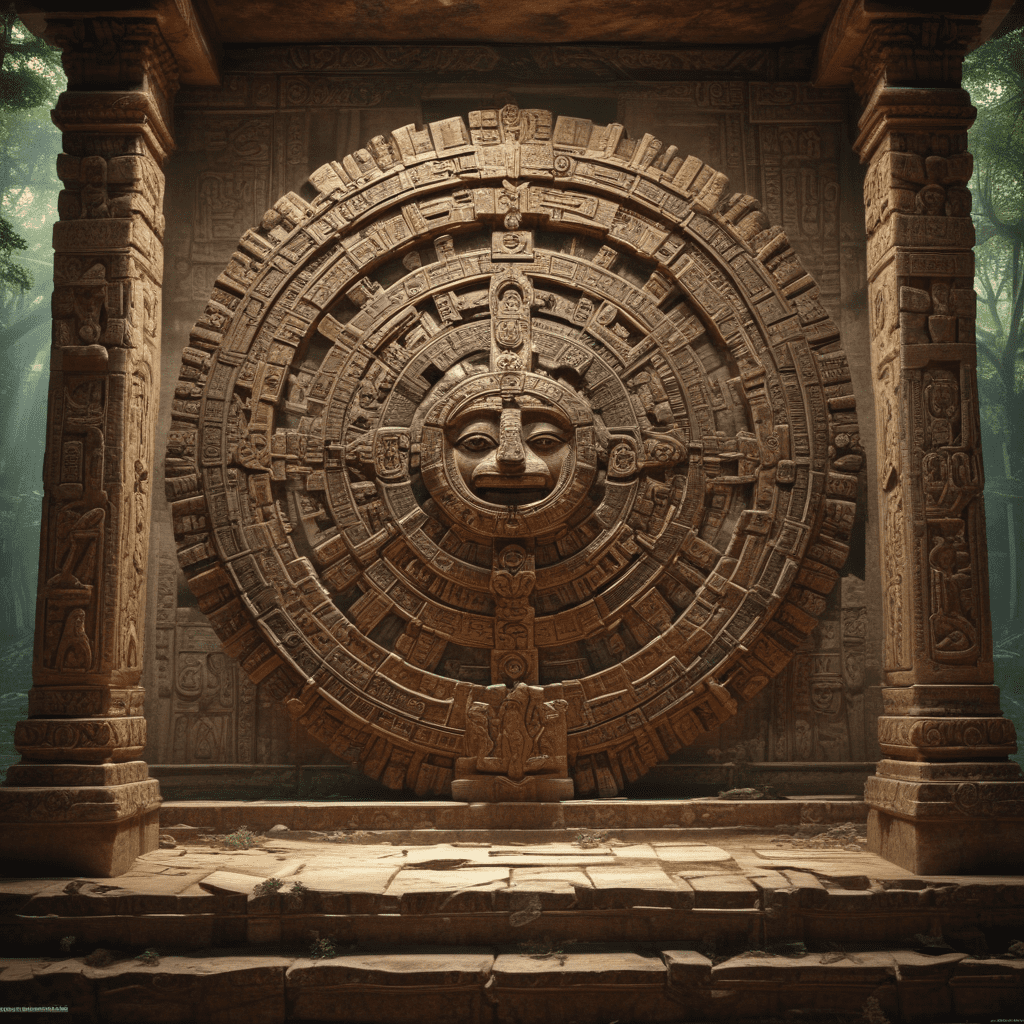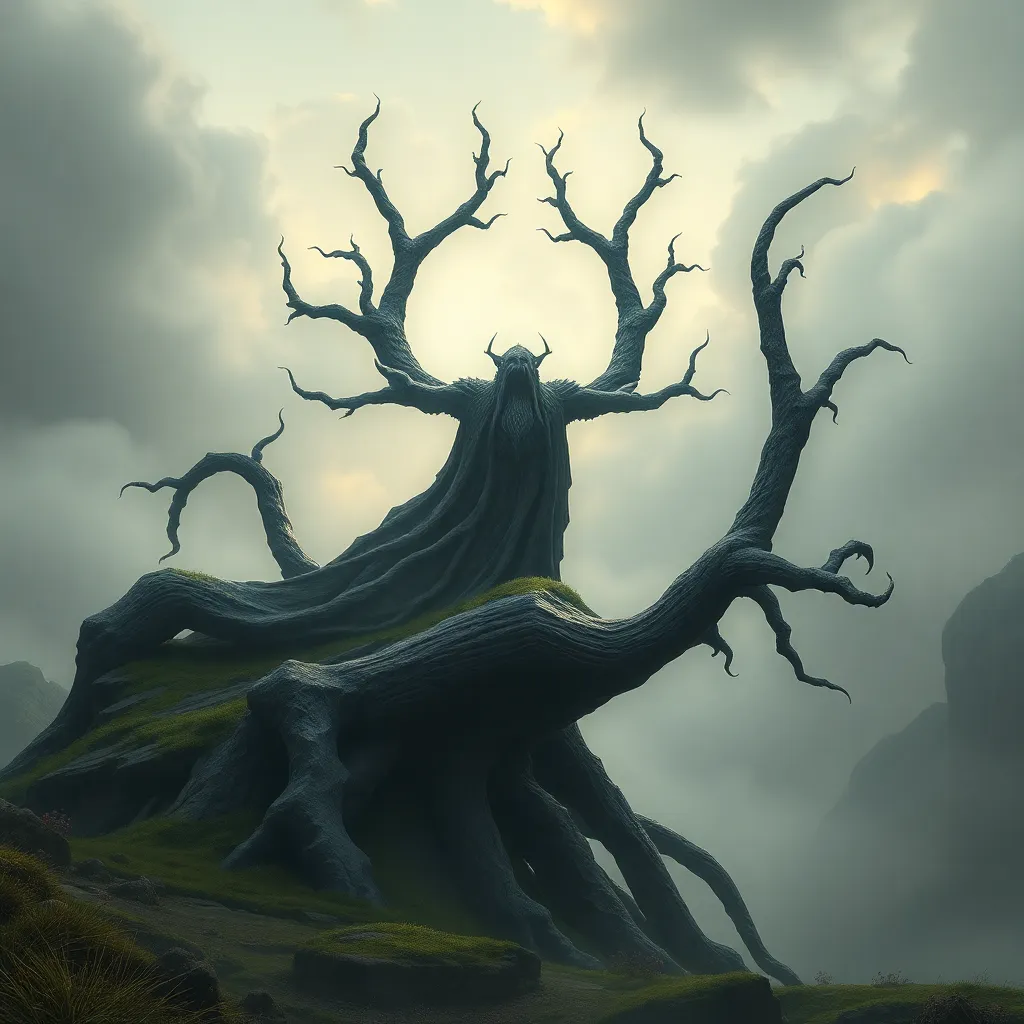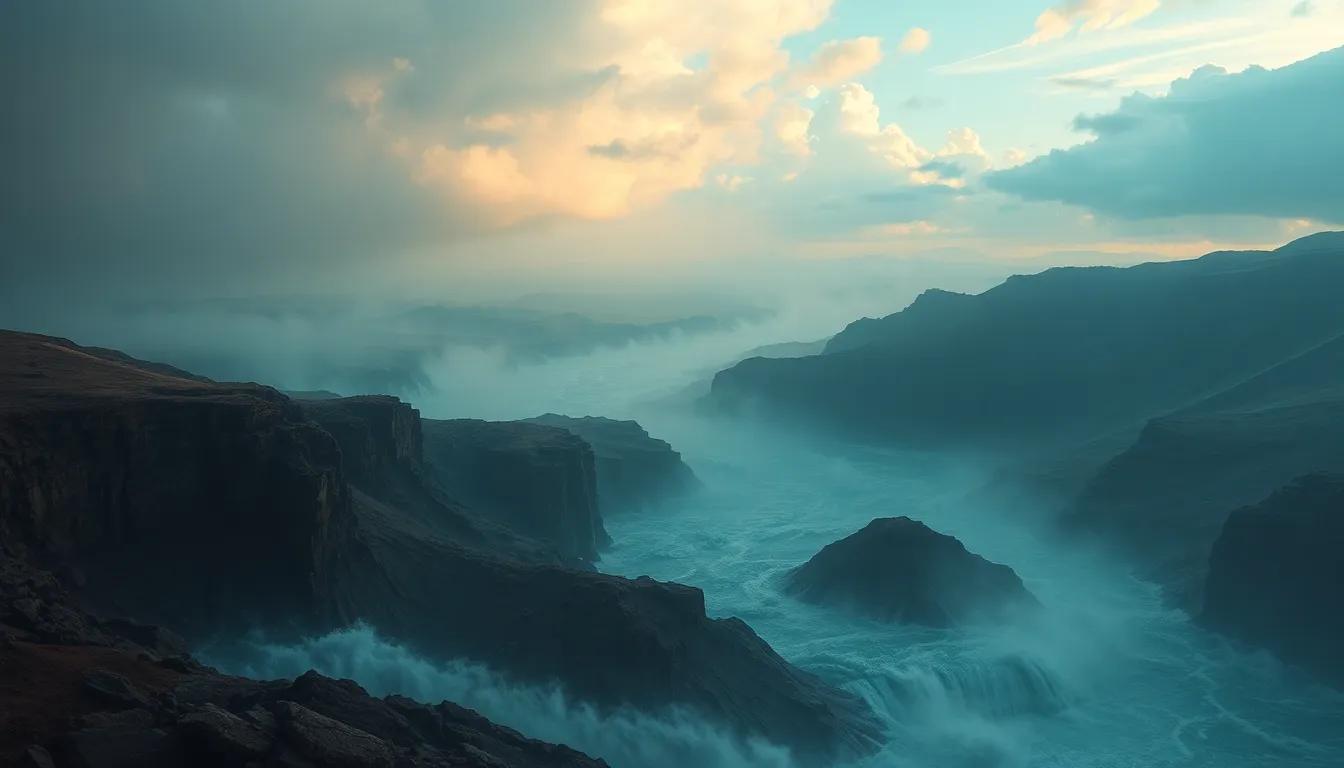I. Introduction
The Maya, a civilization that flourished in Central America for over 3,000 years, left behind a rich legacy of mythology and cultural beliefs. Among their most significant contributions is the creation story, a complex and fascinating narrative that explains the origins of the universe, the gods, and humanity. This story, passed down through generations through oral traditions and recorded in various codices and inscriptions, offers profound insights into the Maya worldview and their understanding of the cosmos.
The creation story holds immense significance within Maya culture and religion. It provides a framework for understanding the world's creation, the nature of the gods, and the role of humanity within the cosmic order. The story serves as a moral guide, outlining the consequences of disobedience and the importance of fulfilling one's obligations to the gods. It also underpins various Maya rituals and ceremonies, which are seen as ways to maintain balance and harmony between the human world and the divine realm.
While the core elements of the creation story remain consistent across different Maya groups and time periods, variations and interpretations exist. The primary sources for the story include the Popol Vuh, a sacred text of the K'iche' Maya, and the Dresden Codex, a hieroglyphic manuscript. These sources provide detailed accounts of the creation process, offering insights into the Maya understanding of cosmology, mythology, and ritual practices.
II. The Primordial Sea and the Birth of the Gods:
Before the world as we know it existed, there was only a vast and silent primordial sea, shrouded in darkness. This primordial sea was known as "Tezcatlipoca" or "Smoking Mirror," representing the undifferentiated potential from which everything would emerge. In this sea, two creator deities, Tepeu and Gucumatz, resided. Tepeu, meaning "Sovereign" or "Heart of Heaven," was associated with the sky and masculinity, while Gucumatz, meaning "Quetzal Serpent," was associated with the earth and femininity. Together, they represented the complementary forces necessary for creation.
From the depths of this primordial sea, Tepeu and Gucumatz began the process of creation. They first spoke the names of the animals, bringing them into existence. Jaguars, snakes, birds, and all other creatures emerged from the darkness, filling the world with life and movement. These animals were not just creations but also advisors to the gods, providing them with knowledge and guidance.
Next, Tepeu and Gucumatz turned their attention to creating humans. First, they crafted humans from clay, but these figures were fragile and lacked the spark of life. They dissolved into the water, their attempt at humanity a failure. Undeterred, the gods tried again, this time using wood to shape the first humans. These wooden humans were more successful, but they lacked intelligence and understanding. They could not communicate with the gods or offer them proper worship.
III. The First Dawn and the Sun's Journey:
Determined to create a successful humanity, Tepeu and Gucumatz consulted with the other deities and the animals. Together, they devised a plan. They would create humans from maize, a sacred grain that symbolized life and sustenance. From the white and yellow kernels of maize, the gods crafted the first Maize People. These humans possessed both intelligence and understanding, and they were able to communicate with the gods and offer them worship. The creation of the Maize People marked the dawn of a new era, one in which humans were tasked with providing sustenance for the gods and maintaining the balance of the world.
With the creation of humans, Tepeu and Gucumatz turned their attention to illuminating the newly formed world. They created the sun, moon, and stars, bringing light and warmth to the earth. The sun, known as "Hunahpu," embarked on its daily journey across the sky, illuminating the world with its rays. Its path through the heavens was closely tied to the Maya calendar, which charted the cyclical nature of time and the celestial movements. The sun's journey was not only a source of light but also a symbol of rebirth and renewal, reminding the Maya people of the ongoing cycle of creation and destruction that governed the universe.



